62 Property from a Private Collector Lucio Fontana Follow Cavallo signed 'L. Fontana/M.G./A.' on the underside glazed stoneware 59.5 x 79.5 x 46 cm (23 3/8 x 31 1/4 x 18 1/8 in.) Executed in 1935-36.
Provenance Maurizio Mazocchi, Milan Alberto Scarzella, Milan Anthony Meier Fine Arts, San Francisco Sotheby's, London, 24 October 2005, lot 31 Acquired at the above sale by the present owner Exhibited Milan, Palazzo Reale, La Donazione Lucio Fontana Proposta per una Sistemazione Museografica , 28 November 1978 - 28 February 1979 Rimini, Sala Comunale d'Arte Contemporanea, Lucio Fontana Mostra Antologica , 30 June - 30 September 1982, no. 17, n.p. (illustrated) Bologna, Galleria d'Arte Moderna, Giorgio Morandi Scultura e Ceramica in Italia nel Novecento , 3 October - 26 November 1989, no. 43, p. 76 (illustrated) Milan, Padiglione d'Arte Contemporanea di Milano, Centenario di Lucio Fontana Cinque mostre a Milano: Lucio Fontana Idee e Capolavori , 23 April - 20 June 1999, pp. 102, 342 (illustrated, p. 102) London, Hayward Gallery, Lucio Fontana , 2000, no. 17, pp. 77, 204 (illustrated, p. 77) Literature Enrico Crispolti, Lucio Fontana Catalogue Raisonné, vol.II, Brussels, 1974, no. 35-36 SC 4, pp. 16, 18 (illustrated, p. 16) Enrico Crispolti, Lucio Fontana Catalogo Generale, vol.I, Milan, 1986, no. 35-36 SC 4, p. 66 (illustrated) Enrico Crispolti, ed., Fontana , Milan, 1999, no. 43, pp. 117, 282 (illustrated, p. 117) Enrico Crispolti, Lucio Fontana Catalogo ragionato di sculture, dipinti, ambientazioni, vol. I, Milan, 2015, no. 35-36 SC 4, p. 162 (illustrated) Catalogue Essay Cavallo , the dynamic, twisting animal forged in clay, is an earnest example of Lucio Fontana’s crucial ceramic contributions to art history, intrinsic to the overarching ideas that define modern art and its practices. Anticipating his later tagli and buchi , the principles for which the artist is most celebrated space, dimensionality and the gestural intervention of the artist’s hand are central to the present work. His direct and forceful manipulation of the surface prefigures the intensity of the Concetti spaziale . Rendered in a form that is suggestive of the figurative animal yet simultaneously a visceral and abstract register of the artist’s process, Cavallo displays the creative potency and material density of Fontana’s ceramic artistry. Having commenced his sculptural career within his father’s firm, forging funerary busts from marble and gesso, in 1928 Fontana enrolled at the Accademia di Belle Arti di Brera training as a neo-Classical sculptor under professor Adolf Wildt. Departing, however, from Wildt’s traditional training, Fontana became heavily influenced by a group of abstract sculptors associated with the Galleria del Milione, Milan and the Paris based ‘Abstraction-Création’. In 1935, further honing his command of the medium, the artist moved to Albissola, Italy, which at the time was the heart of Italian ceramic research and production. Here, within the Atelier Mazzotti alongside Futurist ceramicist, Tulio Mazzotti, Fontana began to tackle a large group of traditional subjects including lions, warriors, saints, crucifixes, sea creatures, and other animals such as rampant horses. Greatly influenced by Mazotti’s dicta and artistic philosophy, Fontana’s output became increasingly concerned with the concept of movement and kinetica within static images. Unlike the Futurists, however, who represented the movement of life, Fontana impressed movement into his work itself, transforming his objects into something wholly organic. In the present work, an early example of the artist’s ceramic practice, the influence of his time in Albissola is prominent, most noticeably through the brilliant tension within the surface, fueled by the artist’s desire to investigate gestural figuration in sculpture. In the years following his time at Atelier Mazzotti, Fontana gained experience at the Sèvres factory, near Paris becoming acquainted with fellow artists Constantin Brâncuși, Tristan Tzara and Joan Miró Fascinated by the boundless prospects of abstraction, Fontana admired the grace and elegance of Brâncuși's organic sculptures and during his time in Paris,
62 Property from a Private Collector Lucio Fontana Follow Cavallo signed 'L. Fontana/M.G./A.' on the underside glazed stoneware 59.5 x 79.5 x 46 cm (23 3/8 x 31 1/4 x 18 1/8 in.) Executed in 1935-36.
Provenance Maurizio Mazocchi, Milan Alberto Scarzella, Milan Anthony Meier Fine Arts, San Francisco Sotheby's, London, 24 October 2005, lot 31 Acquired at the above sale by the present owner Exhibited Milan, Palazzo Reale, La Donazione Lucio Fontana Proposta per una Sistemazione Museografica , 28 November 1978 - 28 February 1979 Rimini, Sala Comunale d'Arte Contemporanea, Lucio Fontana Mostra Antologica , 30 June - 30 September 1982, no. 17, n.p. (illustrated) Bologna, Galleria d'Arte Moderna, Giorgio Morandi Scultura e Ceramica in Italia nel Novecento , 3 October - 26 November 1989, no. 43, p. 76 (illustrated) Milan, Padiglione d'Arte Contemporanea di Milano, Centenario di Lucio Fontana Cinque mostre a Milano: Lucio Fontana Idee e Capolavori , 23 April - 20 June 1999, pp. 102, 342 (illustrated, p. 102) London, Hayward Gallery, Lucio Fontana , 2000, no. 17, pp. 77, 204 (illustrated, p. 77) Literature Enrico Crispolti, Lucio Fontana Catalogue Raisonné, vol.II, Brussels, 1974, no. 35-36 SC 4, pp. 16, 18 (illustrated, p. 16) Enrico Crispolti, Lucio Fontana Catalogo Generale, vol.I, Milan, 1986, no. 35-36 SC 4, p. 66 (illustrated) Enrico Crispolti, ed., Fontana , Milan, 1999, no. 43, pp. 117, 282 (illustrated, p. 117) Enrico Crispolti, Lucio Fontana Catalogo ragionato di sculture, dipinti, ambientazioni, vol. I, Milan, 2015, no. 35-36 SC 4, p. 162 (illustrated) Catalogue Essay Cavallo , the dynamic, twisting animal forged in clay, is an earnest example of Lucio Fontana’s crucial ceramic contributions to art history, intrinsic to the overarching ideas that define modern art and its practices. Anticipating his later tagli and buchi , the principles for which the artist is most celebrated space, dimensionality and the gestural intervention of the artist’s hand are central to the present work. His direct and forceful manipulation of the surface prefigures the intensity of the Concetti spaziale . Rendered in a form that is suggestive of the figurative animal yet simultaneously a visceral and abstract register of the artist’s process, Cavallo displays the creative potency and material density of Fontana’s ceramic artistry. Having commenced his sculptural career within his father’s firm, forging funerary busts from marble and gesso, in 1928 Fontana enrolled at the Accademia di Belle Arti di Brera training as a neo-Classical sculptor under professor Adolf Wildt. Departing, however, from Wildt’s traditional training, Fontana became heavily influenced by a group of abstract sculptors associated with the Galleria del Milione, Milan and the Paris based ‘Abstraction-Création’. In 1935, further honing his command of the medium, the artist moved to Albissola, Italy, which at the time was the heart of Italian ceramic research and production. Here, within the Atelier Mazzotti alongside Futurist ceramicist, Tulio Mazzotti, Fontana began to tackle a large group of traditional subjects including lions, warriors, saints, crucifixes, sea creatures, and other animals such as rampant horses. Greatly influenced by Mazotti’s dicta and artistic philosophy, Fontana’s output became increasingly concerned with the concept of movement and kinetica within static images. Unlike the Futurists, however, who represented the movement of life, Fontana impressed movement into his work itself, transforming his objects into something wholly organic. In the present work, an early example of the artist’s ceramic practice, the influence of his time in Albissola is prominent, most noticeably through the brilliant tension within the surface, fueled by the artist’s desire to investigate gestural figuration in sculpture. In the years following his time at Atelier Mazzotti, Fontana gained experience at the Sèvres factory, near Paris becoming acquainted with fellow artists Constantin Brâncuși, Tristan Tzara and Joan Miró Fascinated by the boundless prospects of abstraction, Fontana admired the grace and elegance of Brâncuși's organic sculptures and during his time in Paris,
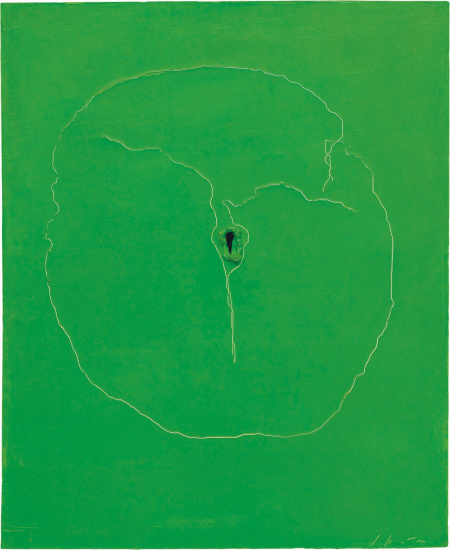
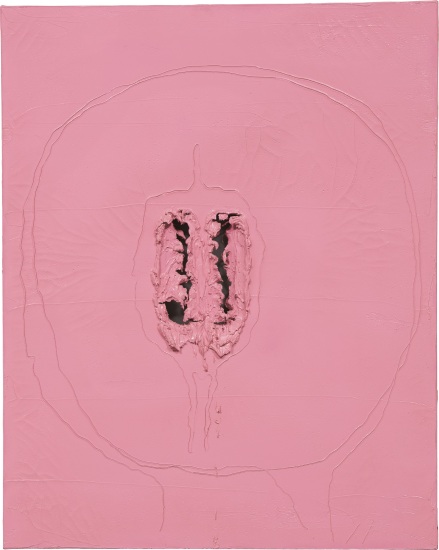
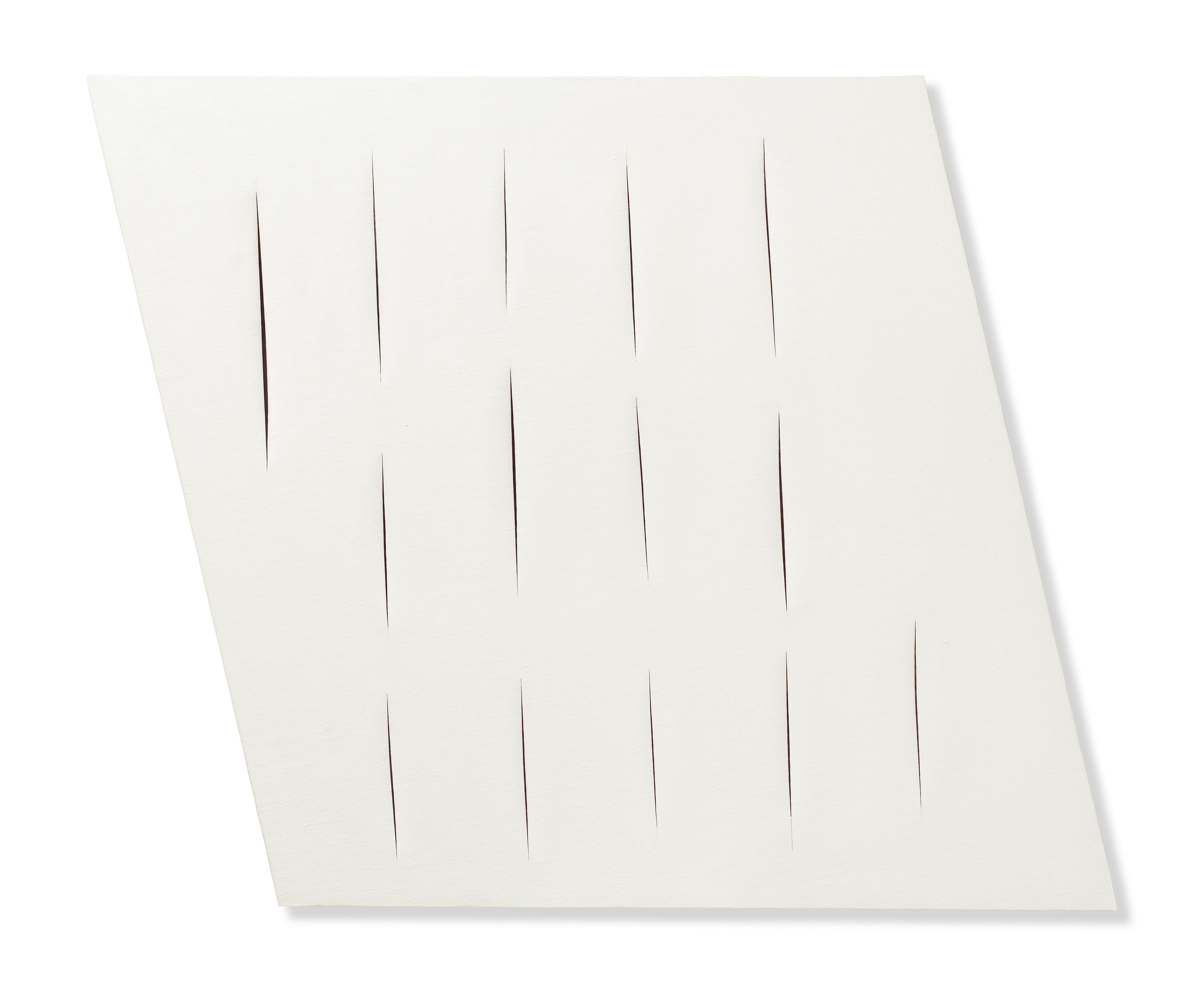
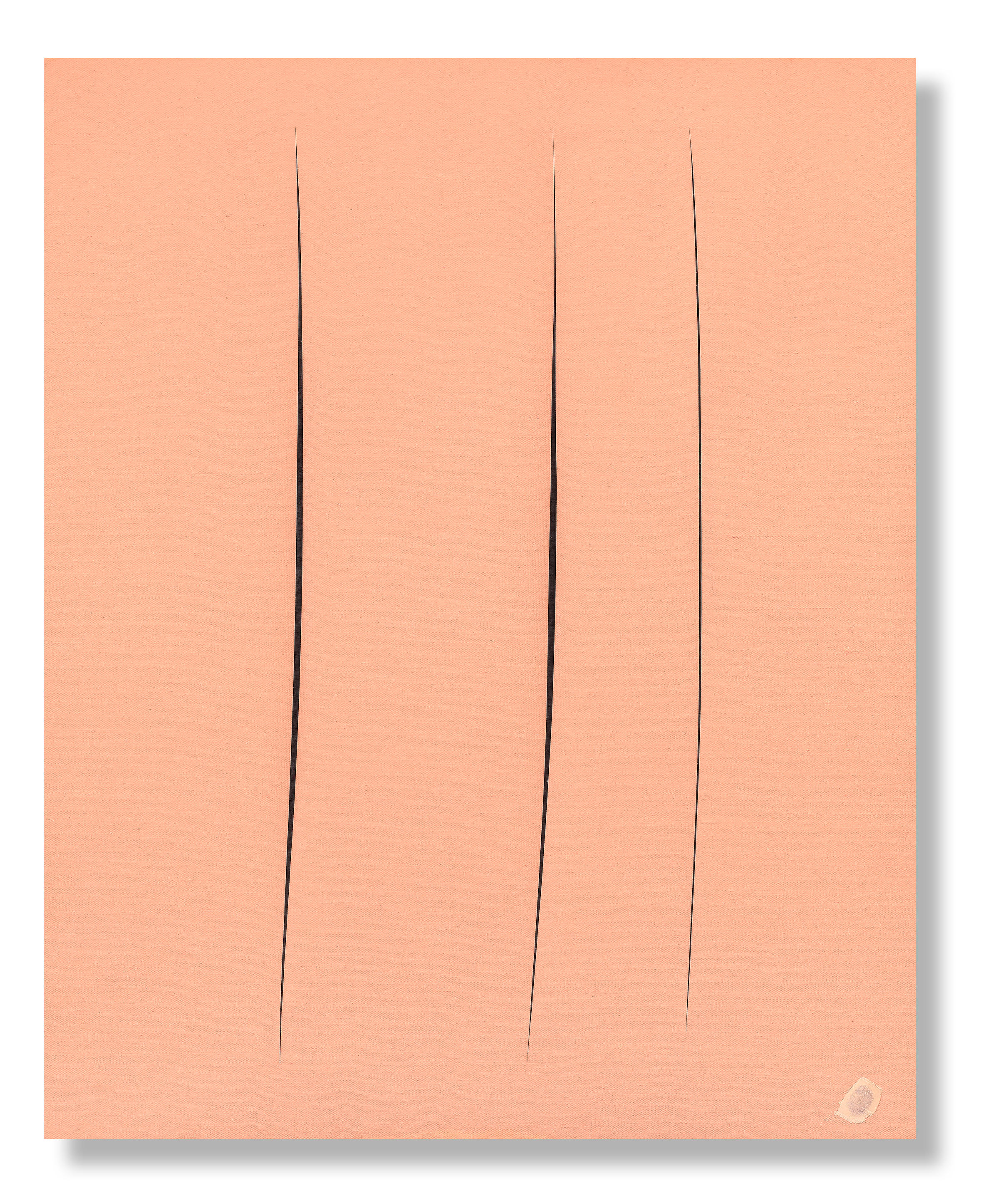
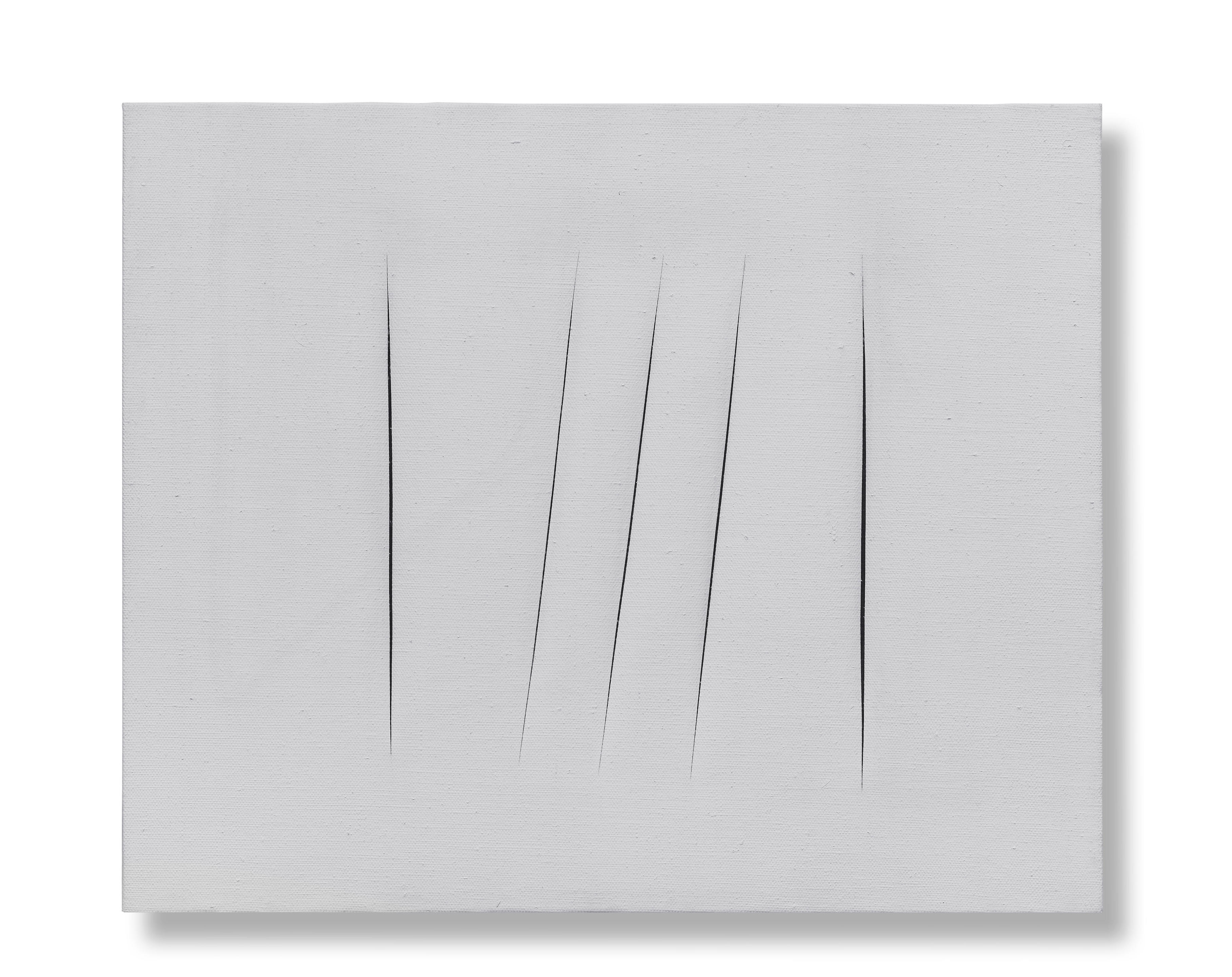


.jpg)
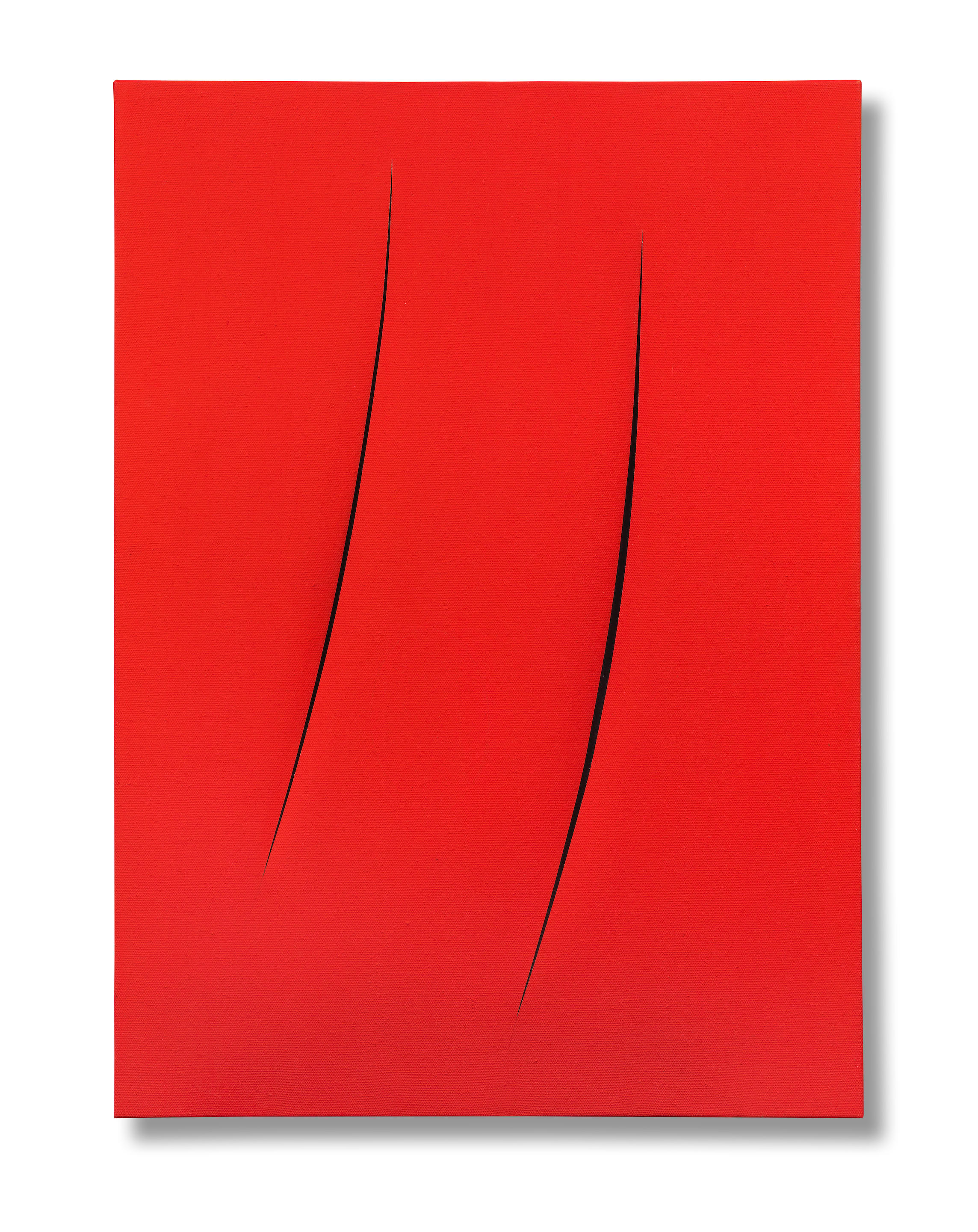
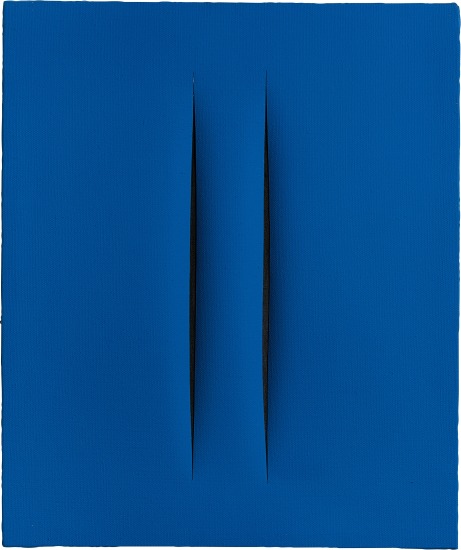
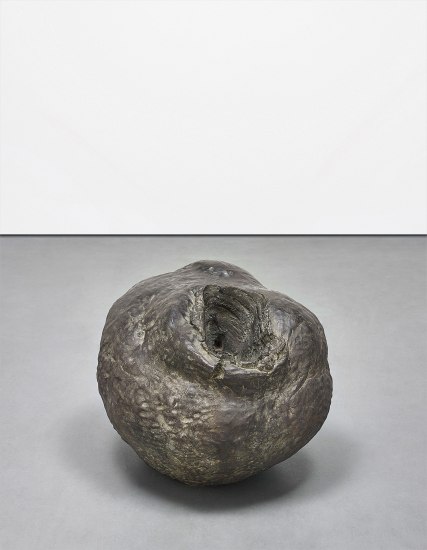

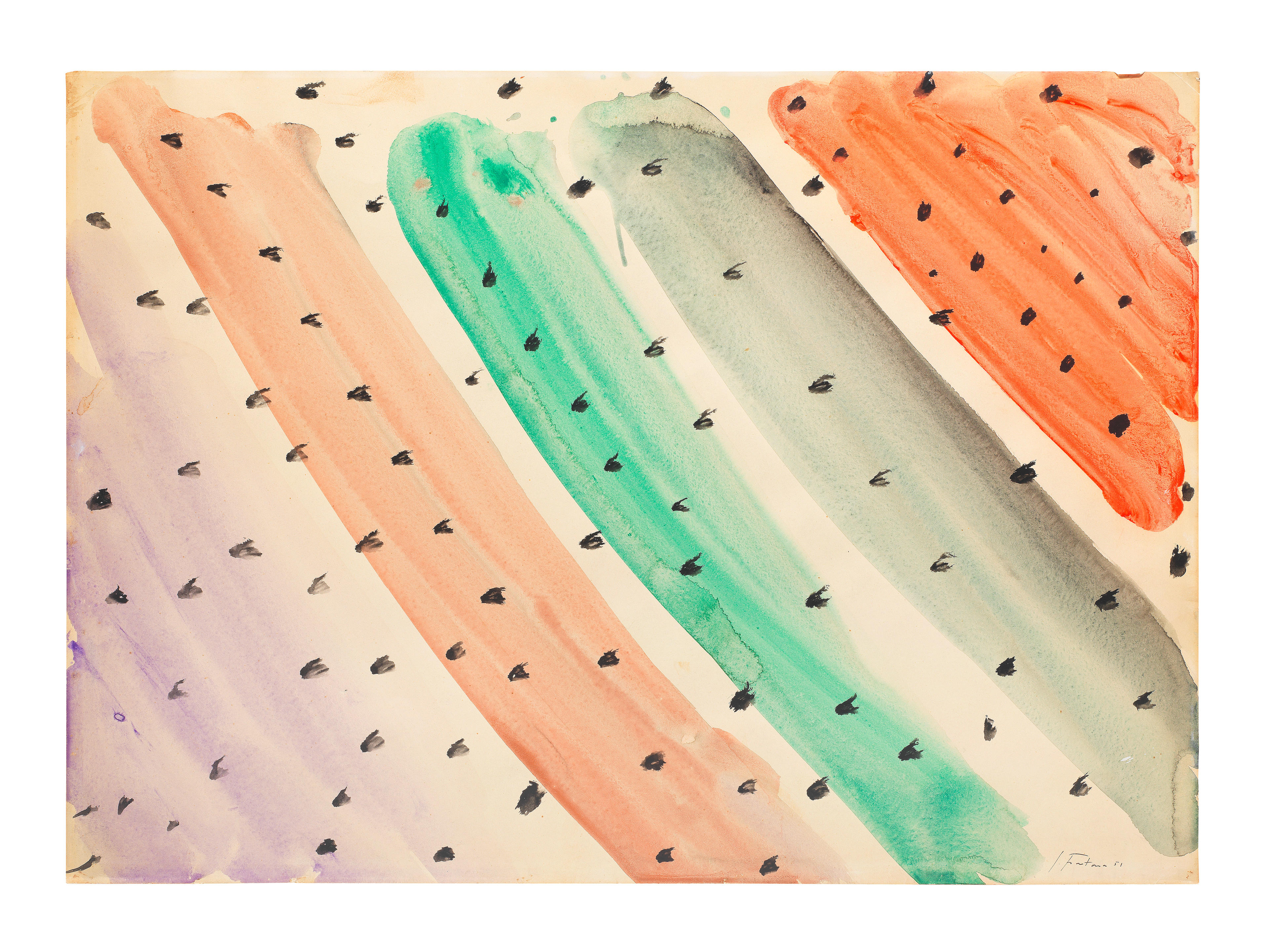
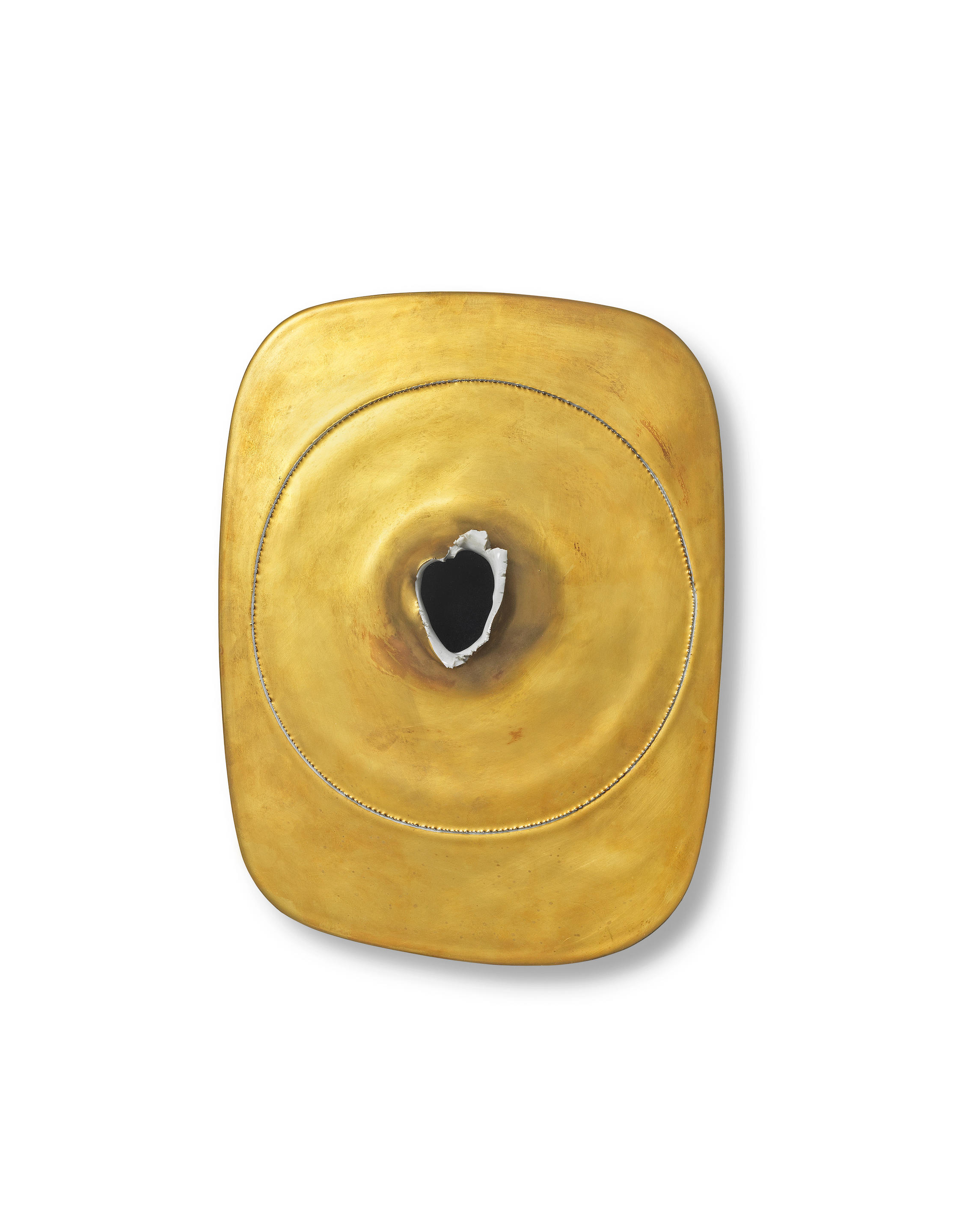
Try LotSearch and its premium features for 7 days - without any costs!
Be notified automatically about new items in upcoming auctions.
Create an alert